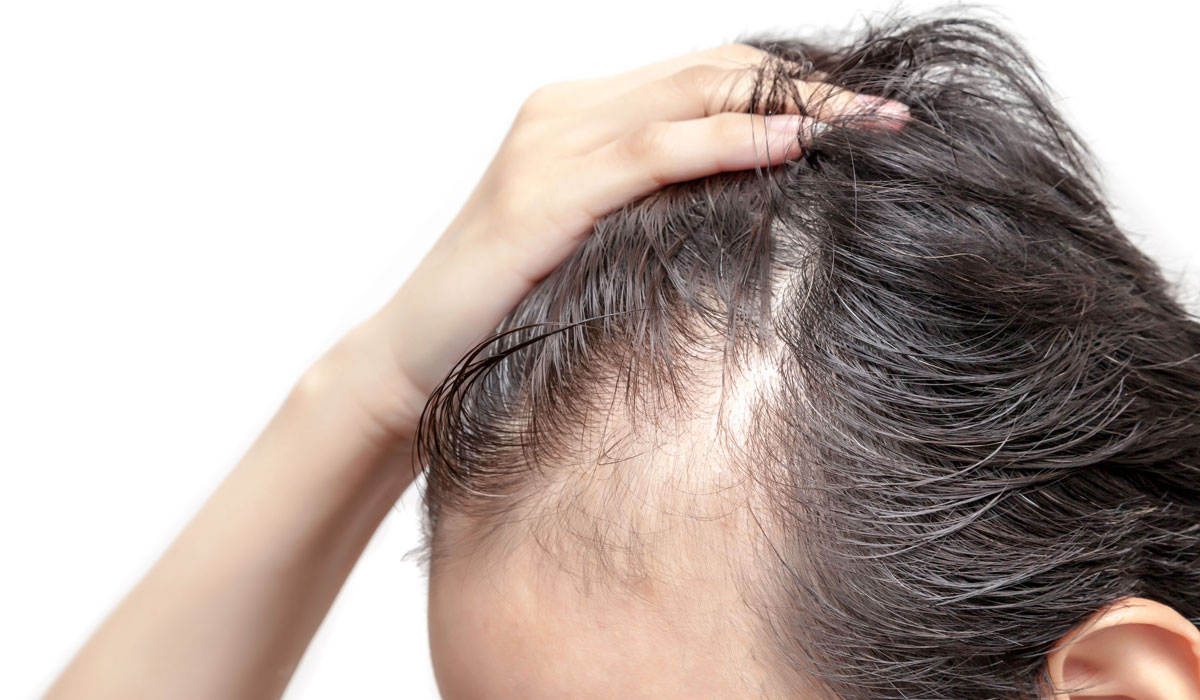
Why the hairline recedes
Why the hairline recedes? Have you noticed that your forehead is getting wider? Notice the more visible skin around the temples? These can be possible signs and symptoms of the early stages of receding hairline. There is no doubt that hair loss can be a traumatic and unexpected experience, but before deciding what the best solution is, knowing where you are in hair loss or baldness, what are the possible causes and when to look for it can help.
receding hairline
Many people think that hair loss is primarily a male problem, but the truth is that at least a third of women are also affected by this health condition. The only difference is that, unlike men, women often experience hair thinning, but not baldness. Fortunately, we have a variety of effective backup solutions that can help.
It should be noted that there are three stages of hair loss:
Anagen
This stage refers to the period when the hair is still growing. It can last from 2 to 8 years.
Catagen
This stage refers to a short transitional stage that can last up to 3 weeks. At this stage, hair growth stops and begins to fall out.
Telogen
Rest Period: This period refers to the period during which the hair begins to drain from the hair follicles and remains dormant for about 3-4 months before new hair begins to sprout.
SYMPTOMS OF REVERSING HAIR LINE
Men can experience hair loss at any time after puberty. Most men will regress their hairline in their 30s, and this process usually begins above the temples. The receding hairline is then moved back along the top of the head, leaving a ring of hair in the upper area of the scalp. Symptoms of hair loss can include:
- Gradual thinning of the top of the head: Gradual thinning of the hair is the most common form of hair loss. In men, hair usually begins to recede from the forehead hairline.
- Round or patchy bald spots: In some cases, people may begin to experience patchy bald spots on the beard, scalp, or eyebrows. Before hair loss begins, the skin may show signs of pain or itching.
- Hair loss all over the body: Some medical treatments and health conditions, such as cancer chemotherapy, can cause hair loss all over the body. In this case, the hair will grow back.
- Sudden hair shedding – Emotional or physical influences can lead to hair loss. In some cases, some people may experience hair loss when washing or combing their hair. Scaly patches on the scalp – A sign of ringworm, which can be characterized by redness, effusion, swelling, or broken hair.
- Scales on the scalp – A sign of ringworm, which can be characterized by redness, drainage, swelling, or broken hair.
WHEN TO CONSULT A DOCTOR ABOUT THE HAIR LINE ON THE BACK?
You should immediately seek medical intervention and treatment for the receding hairline. If you experience sudden or irregular hair loss, or more hair loss than usual, it is recommended that you see your doctor to treat receding hairline.
If you are concerned about the way your hair has been falling out, contact us at DHI Panama, you can have a free online consultation through WhatsApp 6349-5550; filling out our contact form or writing to the website chat.





